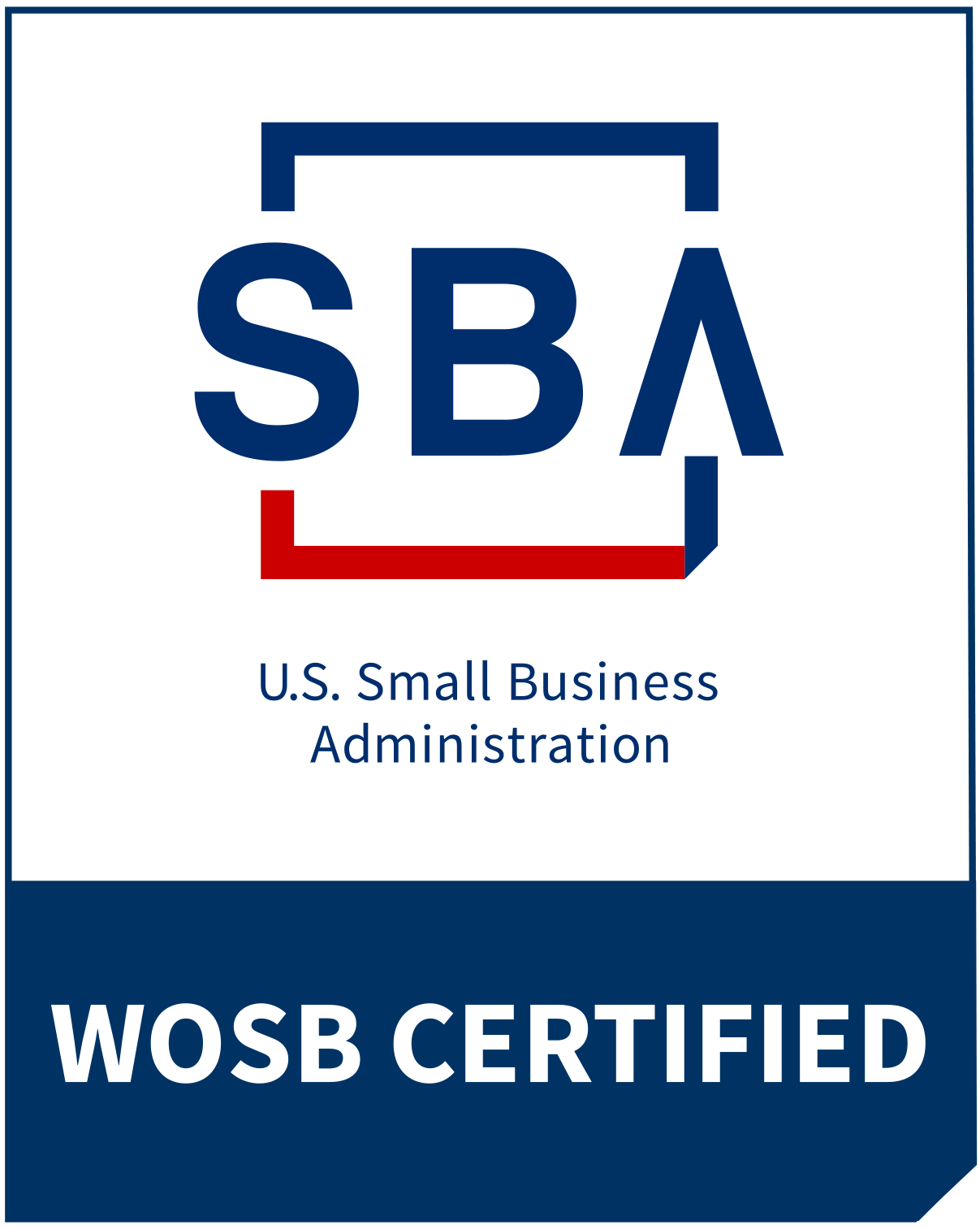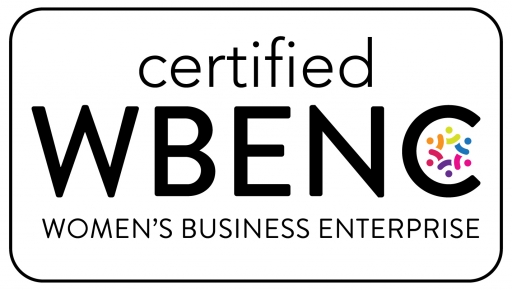We’ve been reflecting a lot lately on the things that leaders do that inhibit or limit the benefits that more open forms of collaboration can deliver to an organization. We’ve compiled our list of 10 ways leaders can undermine collaborative cultures.
Do you know of others?
1. Say one thing, do another. Leaders who claim to value input and declare their intent to incorporate it into strategy, but then fail to do so send a powerful message about how they really feel about collaboration and about their own personal integrity.
2. Devalue. Leaders who discount input from employees overtly or subtly because of someone’s lack of experience, age, background, etc. severely limit the benefit that can be realized by listening to diverse inputs. Again, this type of behavior sends a demotivating message to the organization.
3. Fake it. Being fully present is one of the biggest challenges in today’s technology laden world. Leaders who read, but don’t internalize; or listen, but then can’t reflect what they’ve heard are seen as incompetent, inconsiderate and un-interested in the thoughts and inputs of others.
4. Give up. Norman Vincent Peale said “it’s always too early to quit.” When organizations open up collaboration systems, they don’t always see the results they want immediately. Overly critical comments. Lack of response. Slow adoption. However, giving up before the organization has seen the benefit is just plain sad.
5. Pull rank. Most business environments these days include members of up to four generations. Younger workers define collaboration and career quite differently than older generations. Experience and expertise are no more valuable than fresh thinking and agility. When leaders end a conversation too quickly, or directionally influence it by leveraging their rank, it quickly squelches the collaborative spirit of the organization instead of earning credibility and respect for the leader.
6. Listen selectively. When leaders open up communication and collaboration channels but then choose to only pay attention to input that supports their strategies and/or input they can easily respond to, they send a clear message to the organization that new ideas and challenges aren’t welcome, and shuts down communication. Rest assured, ideas and challenges will still be on the minds and lips of employees, but they’ll voice them in ways that create division and alliances that can be very unhealthy.
7. Close your hand. Keeping certain topics “off limits” is a way of closing your hand and potentially unhealthy controlling of information flow. This type of behavior results in sub-optimized strategies — missing valuable input from the diverse thinkers on any team.
8. Just for the sake of it. Setting up collaboration platforms simply to say that your organization is applying the “latest and greatest” tools is a waste of resources. It will create false expectations and disappointment. If a leader isn’t ready to welcome input and ideas, then s/he shouldn’t open up new channels of collaboration and communication.
9. Do as I say, not as I do. Encouraging and enabling employees to collaborate and communicate more openly has proven to deliver meaningful business results. But, our experience has taught us that it can deliver even more benefit, and consistent results, if the leader actively participates as a contributor, listener and implementer.
10. Keep it to yourself. Communication that is stored in silos like email in-boxes or personal hard drive file folders, or not stored at all (instant messages, deleted emails) can serve to resolve an immediate need, but can’t scale across the organization. Creating the discipline and enablers to tag and archive communication so that it is searchable drives consistency and makes training and makes knowledge sharing efficient.
Photo licensed under Creative Commons 2.0 via Flickr user: The Tire Zoo



